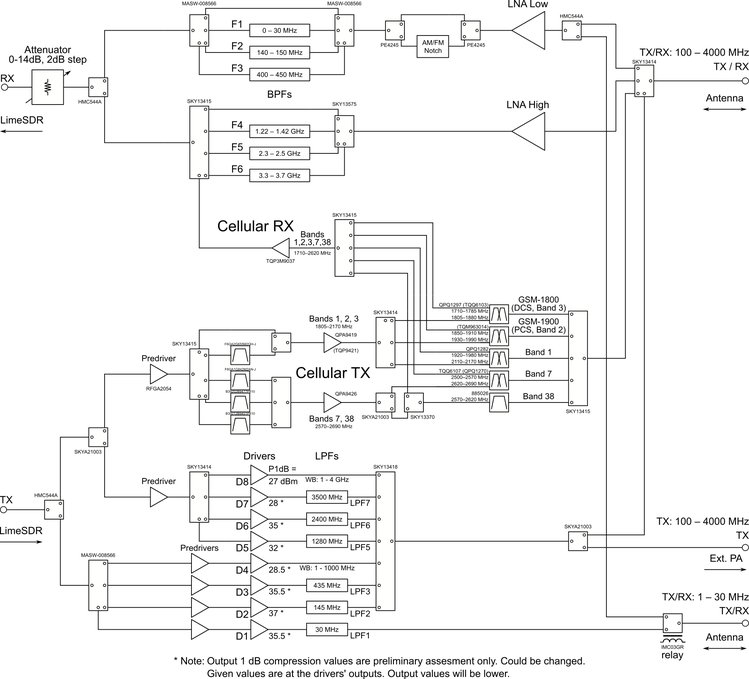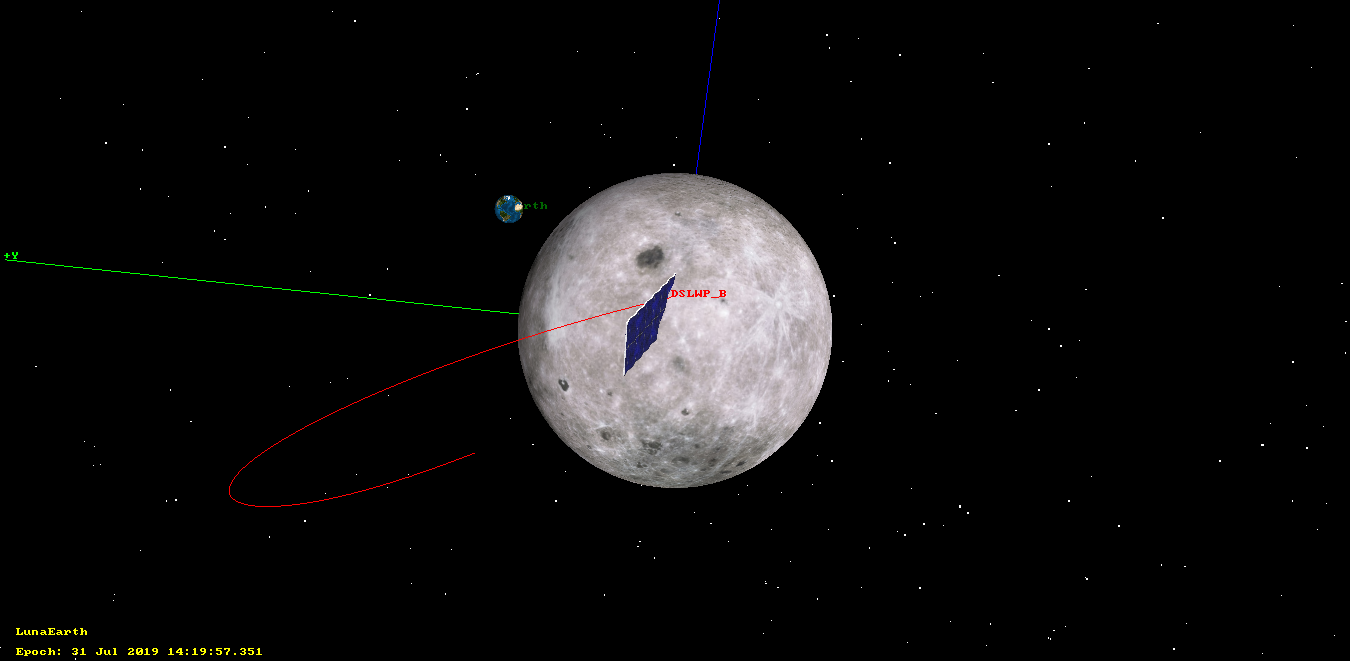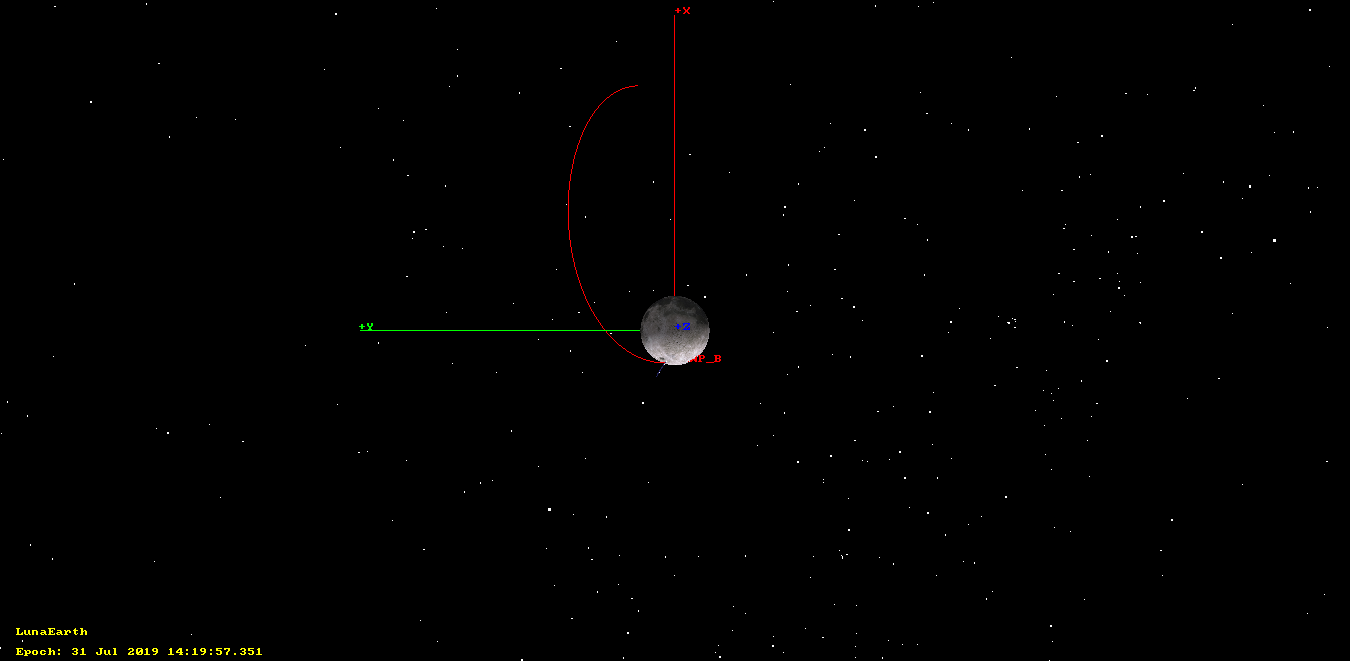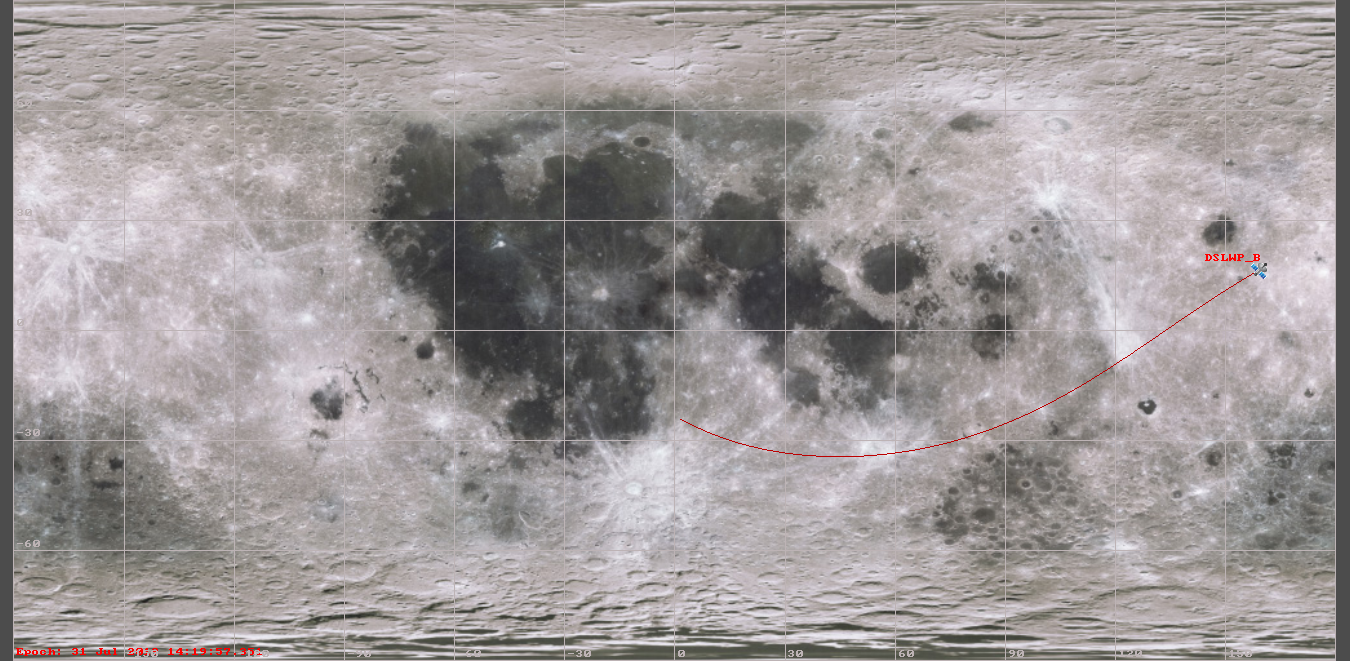A few weeks ago, a presentation by Octavian Andrei, of the Finnish Geospatial Research Institute, appeared in YouTube showing technical details about the Galileo constellation outage that happened between July 12 and 16. In the presentation, Octavian studies the navigation data gathered by a geodetic receiver in Metsähovi, showing anomalies in some of the parameters of the navigation message, such as the \(\text{IOD}_{\text{nav}}\), the SISA (signal in space accuracy) and the DVS (data validity status).
Back in July, I looked at the navigation data from the outage in this post, where I used navigation RINEX files collected by the IGS MGEX to study changes and anomalies in the navigation message. In that post I concentrated on July 16 and 17, to show what happened as the system was coming back online. Octavian has discovered some very interesting anomalies that happened before the incident, on July 10 and 11. Indeed, the first anomaly happened at 13:40 GST on July 10, well before July 11 21:50 GST, when the navigation message stopped being updated.
Thus, in view of Octavian’s discoveries, I have revisited my study, including also data from July 10 and 11, and paying special attention to the \(\text{IOD}_{\text{nav}}\) parameter, which can be seen to have the most interesting behaviour in Octavian’s presentation.




